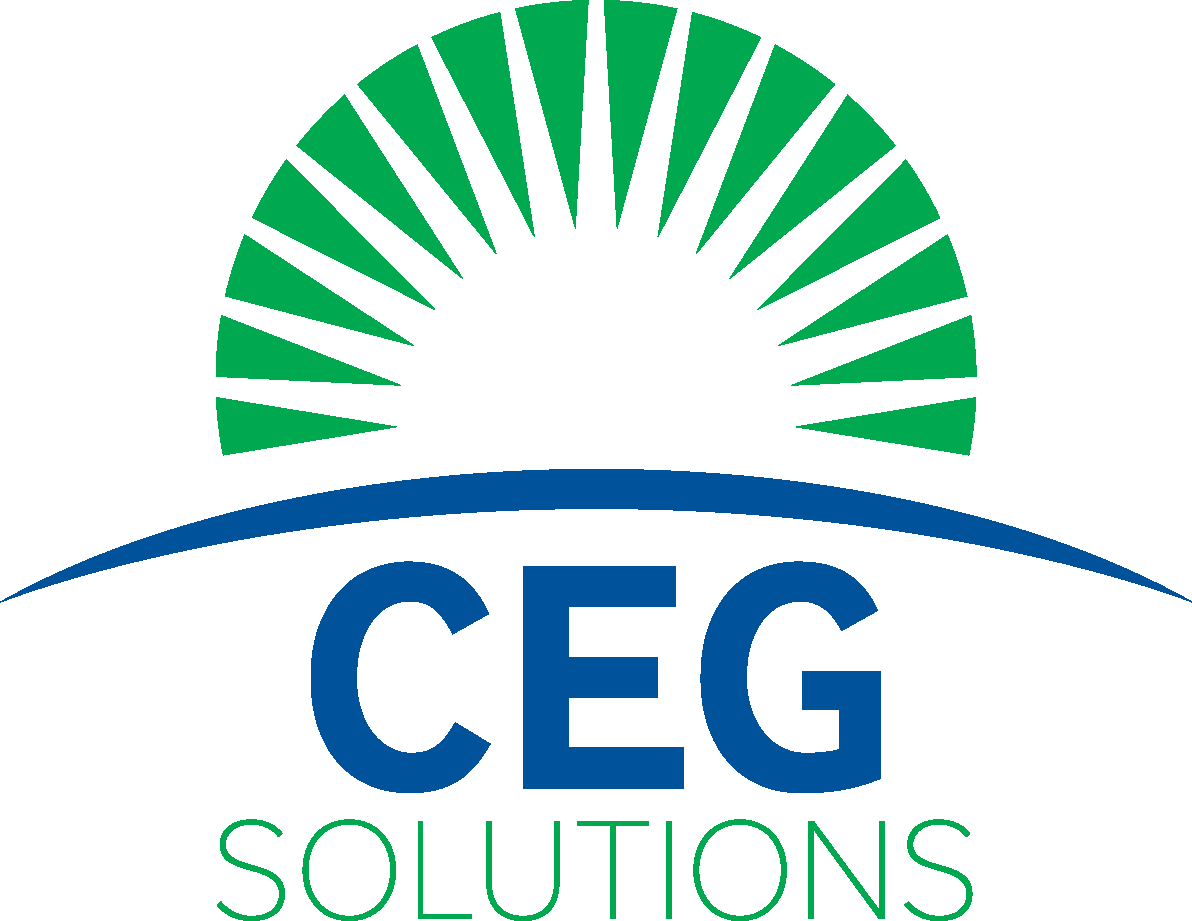
East End State Office Complex
The project has reduced annual energy consumption by 36%, and Scope 2 greenhouse gas emissions by 4,600 metric tons.
Deep Energy Retrofit
45% Energy Reduction at California Department of Public Health HQ
57% Energy Reduction at California Department of Public Health Care Services HQ
Verified Annual Savings: $950K & 25,900 MMBtu
Project Highlights
Reduce annual electricity usage by 6.2MM kWh
Reduce annual natural gas usage by 26k therms
Reduce annual water usage by 448k gallons
Reduce sitewide energy usage by 36%
Utility incentives of $193k
Energy Conservation Measures
Chiller plant improvements (including installing two dedicated pony chillers for the building’s 24/7 data center and telecom rooms)
BAS controls improvements
VFD installation
LED lighting upgrades and lighting controls
Project Background
CEG partnered with the State of California Department of General Services Office of Sustainability and Facilities Management Division to develop, design, and implement a comprehensive energy and water efficiency project for the East End State Office Complex. The project was accepted in 2023. The complex is located in downtown Sacramento, CA, and houses critical state agencies including the headquarters for the CA Department of Education and the CA Department of Public Health. The campus includes five large office buildings and covers 2.2MM SF of indoor space, parking garages, and outdoor courtyards. Along with office spaces, the buildings consist of on-site parking, a 24/7 data center and telecom rooms, two chiller and boiler plants, restaurants, and retail spaces. The complex was constructed in the early 2000s and the five buildings were already LEED-certified prior to our project.
Approach
As part of the project, CEG consolidated several proprietary controls systems into a new open-source Tridium Niagara front end. To do this we (1) inventoried the existing controls systems, (2) analyzed several different hardware upgrade scenarios, (3) performed a lifecycle cost analysis for each option, (4) replaced existing proprietary controllers throughout the facility with new Distech controllers, (5) added campus controls to the new Tridium Niagara front end (including central plants, meters, global and system controllers), (6) replaced failed existing hardware components, (7) programmed new energy efficiency strategies, and (8) implemented SkySpark automated fault detection and diagnostics for commissioning and ongoing operations. Our upgrades simplified operations by standardizing controls across the five buildings and transitioning away from proprietary HVAC controls protocols while improving HVAC controls reliability.
In addition to these upgrades, we replaced three failed natural gas chillers in the primary chiller plant (serving 80% of the facility) with two right-sized, 165-ton chillers that better handle low load conditions (allowing the two 1,275-ton chillers to setback ~6,700 hours annually, when previously they operated 24/7/365). We also installed VFDs on chilled water pumps and auxiliary condenser water pumps, and replaced non-functional AHU supply and return fan VFDs. Finally, we replaced 90% (~30,000 lamps) of the existing lighting fixtures with LEDs, and upgraded lighting controls to re-enable daylight harvesting along building perimeters.
Impacts
This project included ECMs which (1) installed open-source infrastructure to help DGS transition away from proprietary controls systems and service contract, (2) extended the lifetime of mechanical systems by facilitating setbacks of central plant equipment and right sizing equipment to reduce short-cycling, (3) enhanced resiliency by providing right-sized chillers for the facility’s data center and telecom rooms, and (4) reduced lighting-related maintenance costs through LED upgrades designed to integrate with existing daylighting controls. The project has reduced the EUI of the buildings from 0.058 MMBtu/SF/year to 0.041 MMBtu/SF/year, annual energy consumption by 36%, and Scope 2 greenhouse gas emissions by 4,600 metric tons. The savings generated by the ECMs contribute to a simple payback of less than 11 years.

